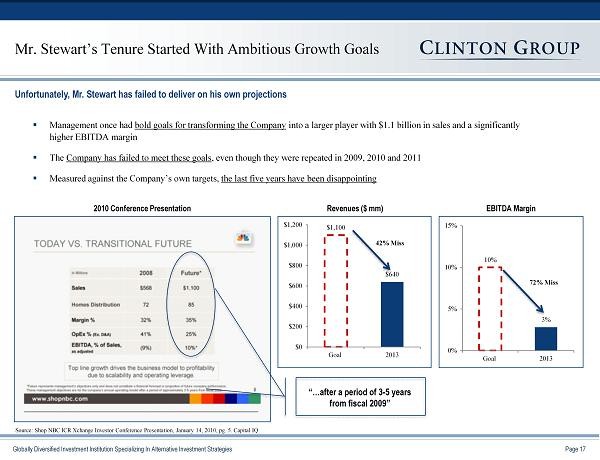Match investments with tenure of goal
Post on: 27 Май, 2015 No Comment

Match investments with tenure of goal
11 December 2013
Take the equity route for children’s education if the goal is at least 15 years away; investing in debt alone will result in a lower corpus
Mumbai-based Pushpa K and her husband have started saving for their children’s future requirements, primarily higher education, a goal more than 15 years away. They have started systematic investment plans (SIPs) with some mutual funds (MFs) and also invested in insurance policies in the names of their two children.
While MFs can also be used for some requirement in the interim, the insurance will provide a lump sum for higher studies, says Pushpa. She also plans to start a gold SIP, which she hopes would prove useful during her daughter’s marriage, about 20 years later.
Is the couple on the right track? Pushpa and her husband seem to be the minority, according to a recent survey by ING Vysya Bank. The survey said when saving for their children’s future, 60 per cent of parents preferred bank fixed deposits (FDs) as an investment option. This was followed by insurance, gold, real estate, stocks and MF, in that order.
Should you stick to debt investment when the goal is a long time away? Broadly, the option recommended for saving for children’s education is between building a diversified portfolio by contributing monthly amounts through SIP (provided parents are disciplined in their savings) and child plans (insurance policies that provide coverage for the specified amount and provide payouts at specified times).
Nitin Vyakaranam, founder and chief executive of ArthaYantra.com, which provides personal finance advice online, says, We recommend the first option. According to our research, this method will give about three times the returns associated with child plans.
For most, children’s education is one of the most important goals and, therefore, it is felt such investments shouldn’t be exposed to risks. That is why parents prefer FDs, even if the requirement is 15 years away. But they should remember if they invest only in FDs for 15 years, post-tax returns would be less than what one can make by investing in secondary markets, Vyakaranam says.
The key to achieving the required corpus for your child’s education is starting to save early. So, if you want to pay a fee of Rs 1 lakh a year for four years for higher studies for a child going to go to college in 10 years, the saving should be the manner mentioned in Table 1. Now, let’s see how the investment must be made, assuming different time frames for children’s higher education. While the time frame for the goal is important, parents’ risk profiles are equally vital, says Suresh Sadagopan of Ladder7 Financial Services. For instance, this should be kept in mind in the case of a businessman with irregular income or in case of those in the private sector, considered riskier profiles than of those in the government sector, he adds.
One should also consider liquidity needs, says Kapil Narang, chief operating officer, Ameriprise India Advisory Services.

If the goal is three to five years away, the money should primarily be invested in fixed income or debt products. In volatile asset classes such as equities, there are chances of capital erosion. Within fixed income, one may look at a mix of bank FDs, bonds, non-convertible debentures from reputed accompanies (stick to those with a credit rating of at least ‘AA’) and debt MFs. For equities, consider large-cap or balanced funds.
We would advise 75 per cent in debt and 25 per cent in equities. In this case, even if the parent is aggressive, we would still suggest most assets be kept in debt (looking at the short duration). However, another five per cent can be allocated to equities, Narang says.
If the goal is 10-20 years away, the investment strategy can be much more aggressive, as there is enough time to tide over the volatility in equities. You could look at structured products or private equity. While equity allocation should be 70 per cent, an aggressive investor could look at an additional 10-15 per cent in equities.
How to tackle multiple goals
When saving for multiple goals simultaneously, your strategy should be based on the priority, the available time horizon and your own risk profile, says Kapil Narang, CEO, Ameriprise India Advisory Services. For example, buying a home could be your top priority, followed by own marriage and then foreign travel. So, the largest chunk of your saving should go to home buying, followed by marriage and then foreign travel.
While calculating the money you will need, remember to take into account the impact of inflation. It is better to assume a higher amount while calculating the money required, says Arvind Rao, chief planner at Dreamz Infinite Financial Planners. One must also see if there are any existing savings or investments that can be utilised. The nature of the goal will also determine the type of investment to some extent. For instance, if saving for a foreign holiday and margin requirement for a home loan with the same time frame, it is better to be conservative and invest in fixed income products for the loan, since it is a more important goal. On the other hand, you can look at investing in equities to save for the foreign holidays, since it can even be called off if required.














